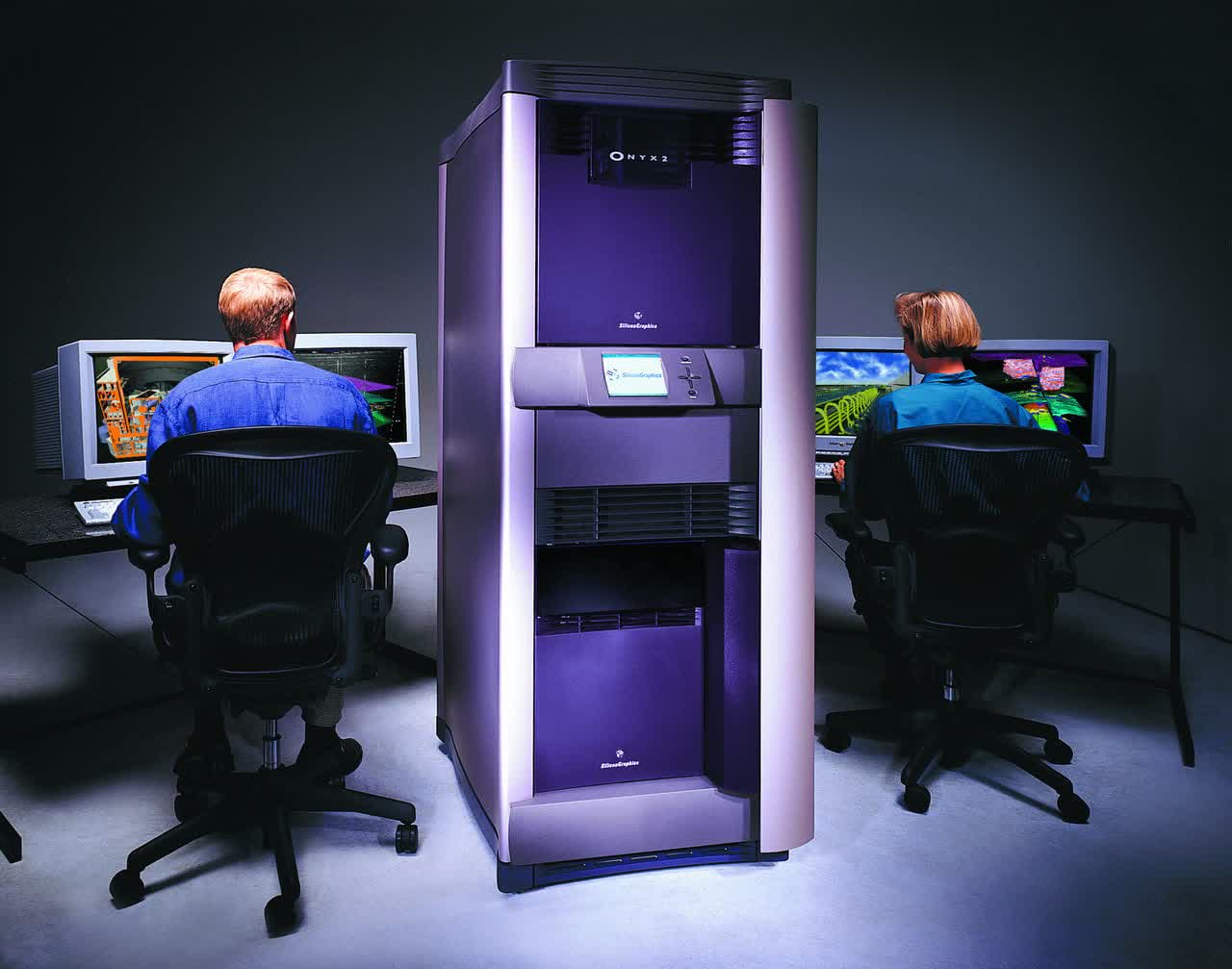

SGI's 20 series would emerge starting between 19. The 1400 had a 72MB ST-506, and the 1500 sported a gigantic 474 MB SMD-based drive with a Xylogics disk controller. Each machine got a bump up to 10 MHz and 1.5 MB RAM. Later that same year, SGI would launch the 14. These systems came equipped with 8 MHz Motorola 68000 processors and 768kB of RAM but no disk drive. The early IRIS models used a PM1 CPU board, a variant of the one used by Stanford's SUN workstation that David Brown had helped develop. These were not standalone workstations, but rather raster display units intended to be connected to more general-purpose machines like the DEC VAX. SGI released its first-generation IRIS systems (models 10) in 1984. The Geometry Engine managed 3D modeling primitives at the hardware level - the geometry pipelines that handled model space to screen space viewing transformations.
Silicon graphics software#
Having achieved his Masters in electronics and software engineering, Kuta joined Clark and helped design the Geometry Engine. He later moved on to work for Digital Equipment (DEC) and then Sun Microsystems.Īnother key player in the founding of Silicon Graphics was Charles Kuta. Brown created the "PM1" processor boards for the first SGI workstations.

Clark also co-founded Mosaic / Netscape.ĭavid Brown, another Stanford alumnus and co-founder of SGI, had previously helped develop the SUN workstation over 10 years prior to the founding of Sun Microsystems. He also created the RealityEngine for the Crimson and Onyx "visualization supercomputers" and was integral in the development of the OpenGL graphics specification.įrom left to right: Jim Barksdale, Marc Andreessen, and James Clark in 1995. Among them was Kurt Akeley, who engineered the frame buffers and processor subsystems in the first SGI IRIS terminals and the CAD systems used to develop them. On his departure from Stanford, Clark took seven talented graduate students with him. James Clark left his job at Stanford University, where he was an associate professor of electrical engineering with the vision of creating powerful computers that could perform the complex computations required in 3D animation. Silicon Graphics got its start in a day when most people did not even have a home computer. Up to 16 racks could be connected together and act like a single computer. SGI's Onyx2 system (1996) contained 8 MIPS R10000 CPUs, 16GB RAM and two graphics pipelines.

The legacy of Silicon Graphics can still be seen in the Nintendo 64, which they helped develop, and several Hollywood movies, including Jurassic Park, Twister, Congo, Toy Story, and many others, but let's not get ahead of ourselves. That's because SGI was dedicated to manufacturing high-performance workstations, software design, and supercomputers for professionals specializing in 3D graphics.Īt its peak in the 1990s, Silicon Graphics had legendary status among 3D and graphic designers who leveraged the unique power of these workstations that were at cutting edge of visual computing. You may have heard of SiliconGraphics, later known as Silicon Graphics, Inc, and then simply SGI, but few home users outside of an enthusiastic hobbyist community ever used its computers.


 0 kommentar(er)
0 kommentar(er)
